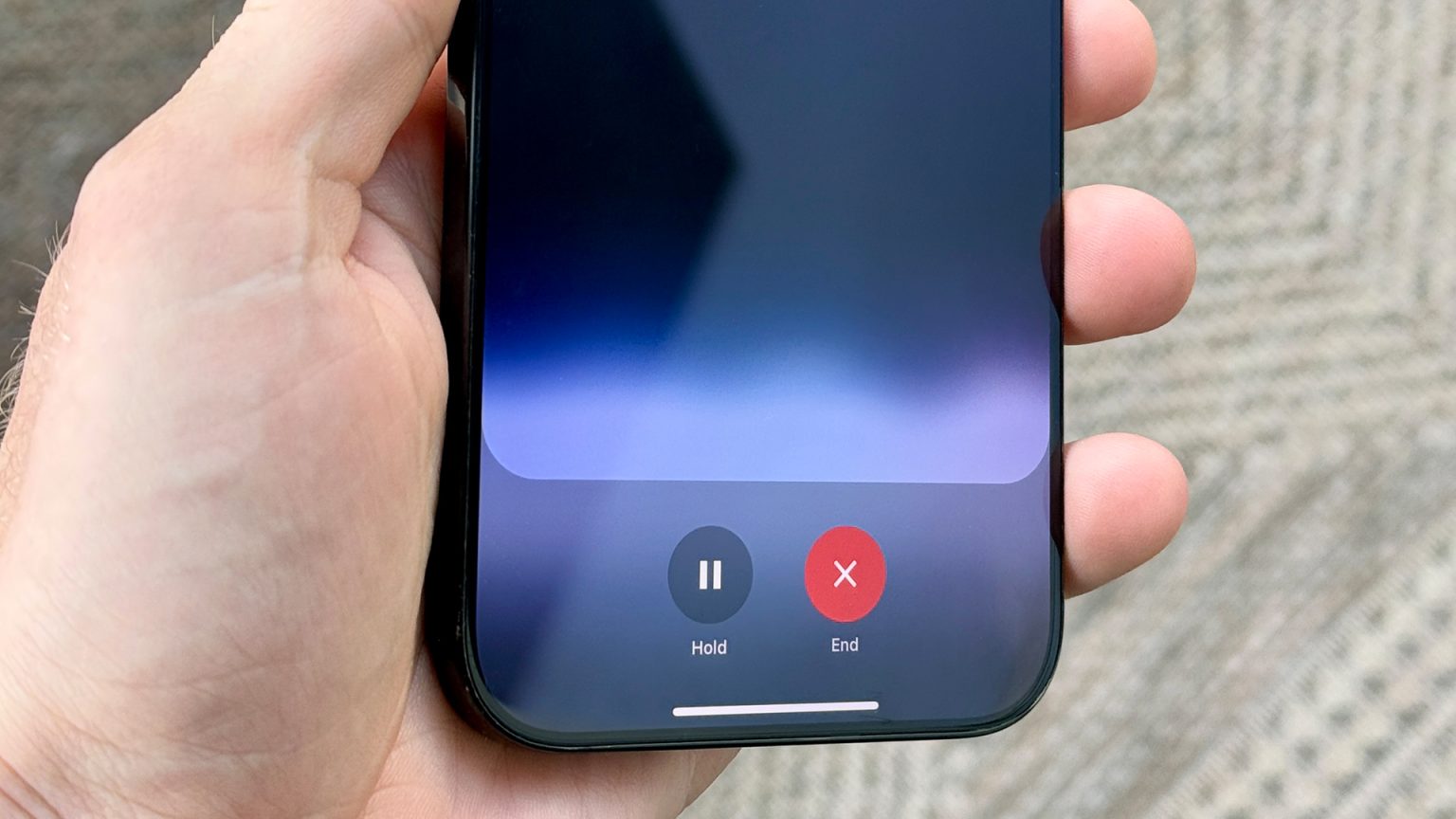Embarking on a journey to a new and captivating destination is often intertwined with the desire to understand and appreciate the surrounding sights. However, the experience can be frustrating when faced with the unfamiliarity of a new place, lacking the knowledge to truly grasp its significance. Traditional tour guides offer a solution, yet their availability, scheduling constraints, and associated costs can pose limitations. Furthermore, adhering to a rigid tour schedule can restrict the freedom to explore at one’s own pace and delve deeper into specific areas of interest. This predicament has led to the exploration of alternative approaches, leveraging technology to enhance the travel experience and bridge the knowledge gap.
One such approach involves utilizing AI-powered chatbot applications, such as Google Gemini, which offer a unique and personalized touring experience. These apps function as virtual tour guides, accessible through voice and text interactions, providing information and insights about the surrounding environment. The flexibility of these apps allows users to engage with them at their own pace, pausing, resuming, and tailoring the experience to their specific interests. Whether exploring solo or with companions, these AI companions provide an enriching layer to the travel experience, offering explanations, answering questions, and even recommending nearby points of interest. This freedom from pre-determined schedules and the ability to explore at will creates a more engaging and personalized travel experience.
The practicality of AI tour guides extends beyond providing information on demand. They can be primed with contextual information, such as location, to provide more relevant and insightful responses. For instance, telling the app “I’m standing next to the Trevi Fountain in Rome” allows the AI to provide historical context, interesting facts, and even suggest nearby attractions. This ability to personalize the experience further enhances its value, making it a truly interactive and educational journey. Furthermore, the ability to interrupt, ask follow-up questions, and even request a structured tour adds to the seamless and conversational nature of the interaction. The AI adapts to the user’s curiosity, transforming the travel experience into a dynamic learning opportunity.
The potential uses of AI tour companions extend beyond simple information retrieval. They can also be used to investigate specific points of interest, delve deeper into historical events, or even understand the significance of an obscure landmark. For example, encountering a half-buried cannon on the grounds of Princeton University prompted a deeper exploration into its history. The AI was able to provide details about its British origins, its abandonment after the Battle of Princeton, its journey to New Brunswick, and its eventual return to Princeton thanks to Winston Churchill’s grandfather. This ability to uncover hidden stories and connect seemingly insignificant objects to historical events adds a layer of richness and intrigue to the travel experience.
The versatility of AI tour guide apps doesn’t end with voice interactions. They also offer image recognition capabilities, allowing users to take pictures of objects or locations and ask questions about them. This feature is particularly useful when describing artwork, complex architectural features, or other visually rich elements that may be difficult to articulate verbally. Simply uploading a picture of an artwork, for example, allows the AI to identify the piece, provide information about the artist, and offer an analysis of its style and significance. This multimodal interaction capability further enhances the user experience, catering to different learning styles and making information accessible in a more intuitive manner.
Moreover, these AI-powered apps prove useful for pre-trip planning. By engaging in conversations with the AI about desired experiences and interests, users can receive tailored recommendations for destinations, attractions, and activities. This pre-trip engagement not only helps in identifying points of interest but also in structuring the itinerary to maximize the travel experience. While the app may sometimes recommend booking a traditional tour guide for specific experiences, it primarily serves as a personal travel assistant, offering valuable insights and suggestions that cater to individual preferences. In essence, the AI acts as a knowledgeable companion, helping to curate a personalized travel experience that aligns with the user’s interests and desires.


